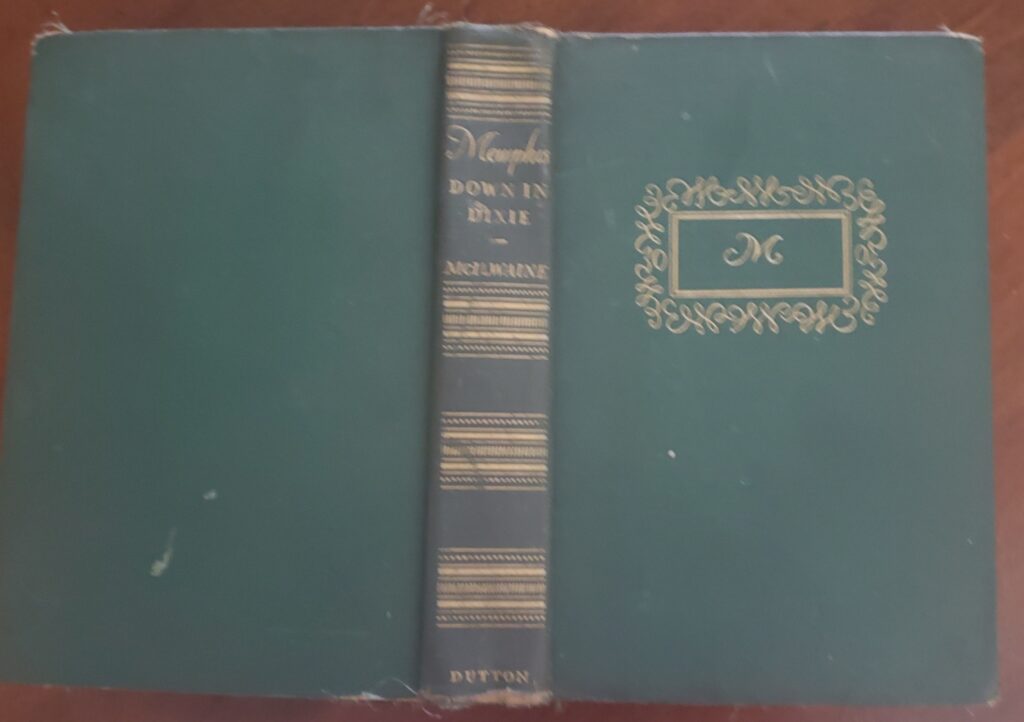I was born and raised in Memphis but knew little about the history of the interesting and historical city located on the Fourth Chickasaw Bluff. The city was named after Memphis, Egypt. In ancient Egypt, Memphis meant “good abode.” The city is bordered by Mississippi to the south and Arkansas to the west. Many people from smaller towns were excited to visit “Big Shelby,” as the locals called it. Many residents of Mississippi claimed the city as their own.
In the 1830s, Memphis felt it belonged to Mississippi. The citizens joked that Jackson, Mississippi was the capital. City leaders hated the domineering middle Tennessee politics of Andrew Jackson and tried to legally become a part of Mississippi. In 1841, the Tennessee legislature rejected the proposal to form a new state of southern Kentucky, western Tennessee, and northern Mississippi. This caused the city to resign to its legal position.
Many Memphians learned from the newspaper, The Commercial Appeal. Children raced to mailboxes to read the funnies. The newspaper was nicknamed, “Old Reliable.” The newspaper served parts of seven states—western Tennessee, western Kentucky, eastern Arkansas, southwestern Missouri, northern Alabama, northern and central Mississippi, and northern Louisiana. This newspaper was the voice of information to many areas.
According to historians, in earlier years, the war feathers of Native American tribes brightened the bluffs near the Mississippi river for centuries. It was the highest point on the Mississippi between the mouth of Ohio and Natchez. Of the four Chickasaw Bluffs, it had the most spacious top and the best landing. It was an ideal crossing point and was the perfect site for a city, military lookout, or fort.
The bluffs were a spot of destiny for several nations. France, Spain, and the United States built forts on it. In 1541, Spanish conquistador, Hernando de Soto reached the Mississippi River south of Memphis. Under the cover of night, de Soto and his troops crossed the mighty river to avoid the armed Native Americans. He feared the fierce Chickasaws. He and his troops headed to present day Arkansas to search for gold and silver. He had already accumulated wealth through the slave trade and seizures of valuables in other areas. His greed led him in search of more valuables. He died of fever on the Mississippi river banks on May 21, 1542. His troops buried his body in the Mississippi River. Today, a bridge carrying Interstate 40 across the Mississippi River between West Memphis, Arkansas and Memphis, Tennessee is named in his honor. Memphians call this bridge, the “New Bridge.” It’s newer than the Memphis and Arkansas Bridge carrying Interstate 55 the same way. The new bridge is identified by its distinctive M.
Prior to 1838, the Bluffs of Memphis were occupied by Native Americans. Memphis and Tennessee was the long established territory for many indigenous people, including the Chickasaws and Choctaws prior to their forced removal, called the “Trail of Tears.” Memphis is built on the historic homeland of the Chickasaw Nation.
In 1838, Judge John Overton of Nashville, helped plan the layout of the city. He was a friend of President Andrew Jackson. Judge Overton was a wise speculator in Western lands and thought the Fourth Chickasaw Bluff was the perfect site of a city. As a result, Memphis became the largest town between St. Louis and New Orleans.
The town was laid out with wide spacious streets, four public squares, and a promenade along the Mississippi River. The city would be dry since the Bluff was twenty to thirty feet above the highest water. The supporting lands near Memphis were fertile and productive. This made it ideal for crops, such as cotton, and people.
All the new city needed was a mayor. The first mayor will be discussed in my next blog post.
Francie Mae. October 14, 2023
Reference
McIlwaine, Shields. 1941. Memphis. Down In Dixie. New York. EP Dutton and Company, Inc.
